The image of young kids squirming in discomfort as parents drive them to school, activities, or family functions while anxiously peering in the rearview mirror to see if they are properly secured, is one many of us know well.
There are two main problems with booster seats that prevent children from staying properly secured while traveling: size and comfort. Typical booster seats are large and too inconvenient to carry around, especially if you need to place them in vehicles that aren’t your own (like for carpooling or hailing a taxi). Although the future of car travel looks to involve more ride-sharing and autonomous vehicles and less car ownership, car seats have remained bulky, and some are notoriously complicated to secure.
Moreover, even with the right support, kids find creative ways to avoid the protection offered by one-size-fits-all, adult-sized seat belts (by putting them behind their backs or under the arms).
SEE ALSO: 6 Israeli Innovations Feature On TIME Magazine’s 100 Best Inventions Of 2020
Jon Sumroy, a British-Israeli pharmacist-turned-marketer and entrepreneur, casually experienced these problems while living in the United States with his family in the early 2000s.
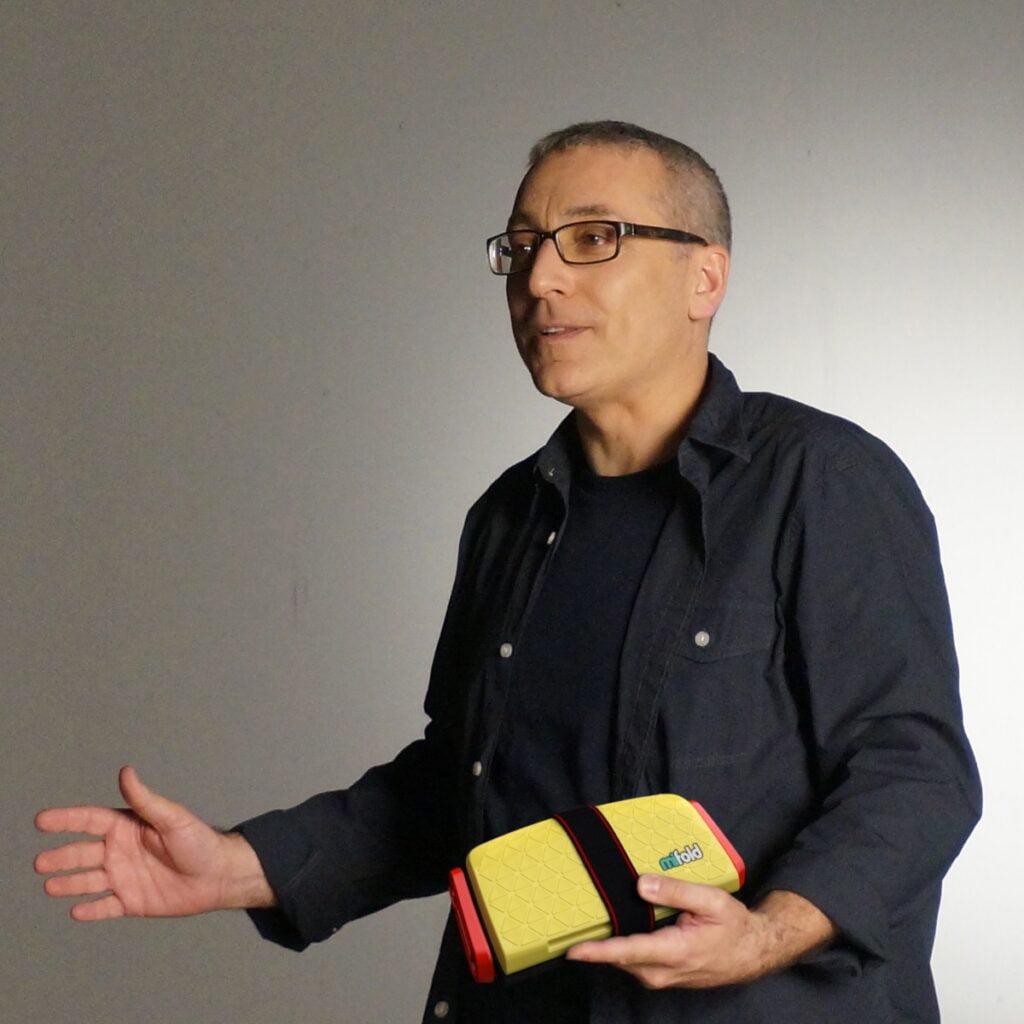
“When I was growing up in the UK, you walked to school or went on a bike. All of a sudden carpooling was a big thing. Everyone had a minivan and could fit six kids into the back, but no one had more than two booster seats,” says Sumroy.
He mused about the issue to friends but came to address it seriously only years later when he was back in Israel. A friend had sent him an article citing a study published by the American Academy of Pediatrics which analyzed data on the percentage of kids in the US who don’t use a car seat when carpooling.
At that moment in 2012, he began developing mifold, a small, compact seat, as a side project in his garage with the understanding that the car seat should stay with the child, not the car. The seat is about 10 times smaller than a regular car booster, and fits comfortably in school bags, purses, luggage and glove compartments. It is designed for children aged 4 and up, and weighing at least at least 40lbs (18kg) and measuring between 40-57″ (1.01-1.44 meters) in height.
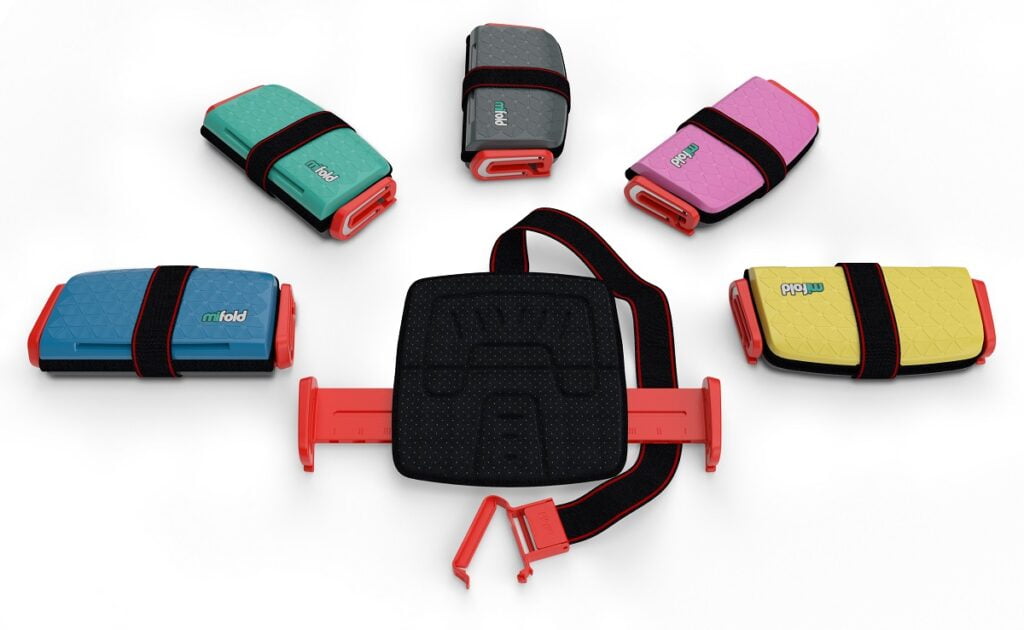
“Booster seats are designed to lift children up to meet the belt. I wanted to make a small, portable way to hold the belt down to fit the child,” he tells NoCamels.
Nearly a decade later, the original mifold has reached a milestone of one million units sold in 150 countries (as of January 2020), the company Sumroy founded, Carfoldio, developed additional offerings, and now holds 14 patents for its seats which have won multiple innovation, design and parenting awards. More recently, the company’s mifold hifold, a larger, high-back, fit-and-fold car booster seat, nabbed a spot on the annual list of 100 Best Inventions of 2020 by TIME magazine, published in November.
Carfoldio also maintains valuable partnerships with global retailers such as Toys R Us, Walmart, and Target, and the mifold reached the 4th spot on Amazon’s list of best-selling booster seats.
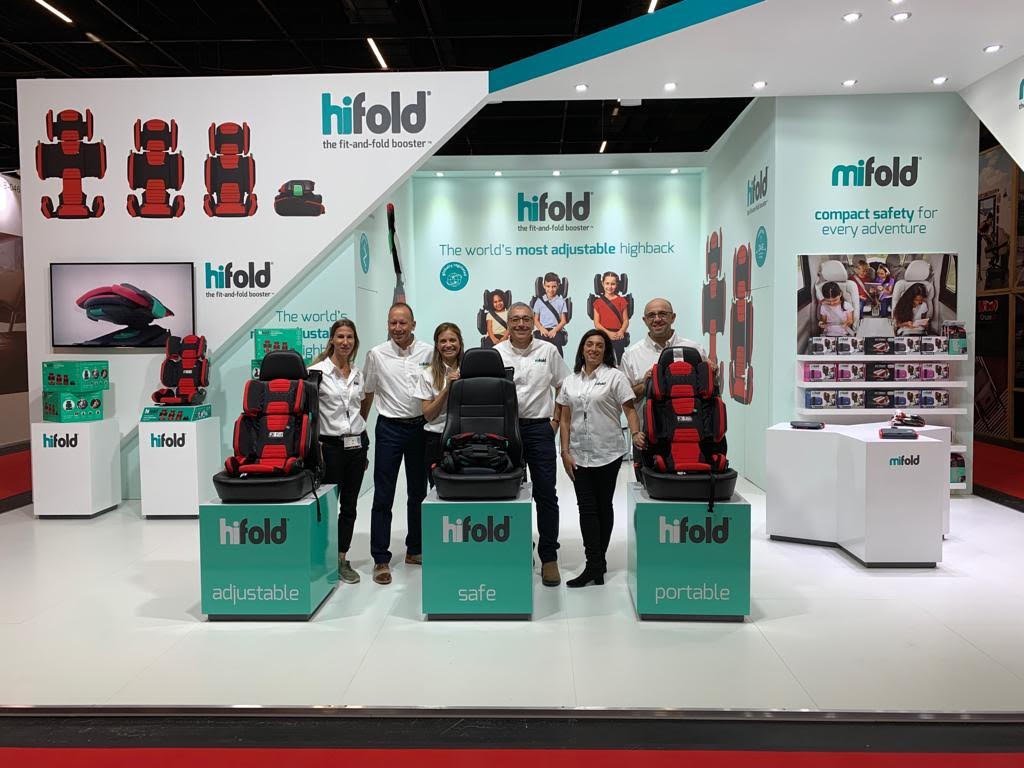
When developing the hifold, Sumroy says he was determined to deliver the same compactness and portability that are at the core of everything mifold offers. The hifold has adjustable head, torso and seat panels and offers seatbelt fit for children of all sizes from 33-100 lbs. (14-45 kg) and 36-59 inches (91.44 cm – 1.49 m).
“It has 450 components that all adjust and fold while keeping the performance top-notch. Compact, foldable, highly functional. It is an engineering marvel,” Sumroy tells NoCamels.
“The world today is going through a personal transportation revolution,” Sumroy said of the TIME magazine mention. “It’s time that booster seats caught up.’”
Carfoldio’s seats are now sold across the globe and have the approval of safety agencies on five continents, a testament to the fact that the old model of large, tough, rigid design is not the only recipe for safety.
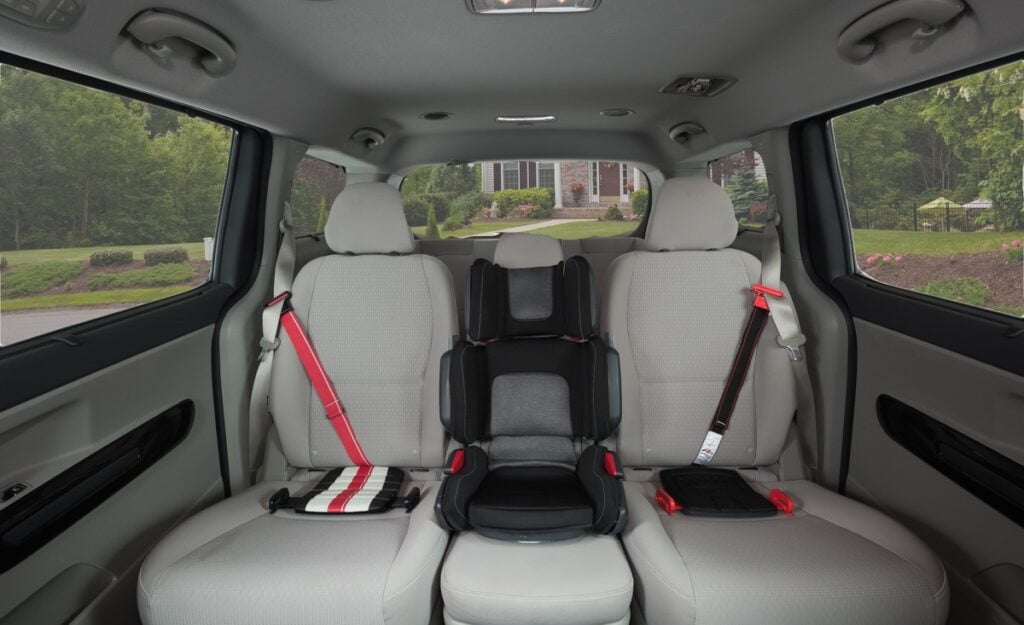
The company is now looking to branch into new products like baby seats and expand into new markets across the world. Notable in that regard are the connections that Carfoldio has formed with taxi companies and ride-sharing services. One such startup, Grab, has purchased 40,000 mifold seats to equip its vehicles in Singapore for young riders.
Sign up for our free weekly newsletter
SubscribeBumps in the road to making mifold
Sumroy’s journey with Cardfoldio, like any new startup, was full of highs and lows, setbacks and leaps of faith.
His mifold prototype was made with home supplies, including a small foldable mat and three mountain climbing clips. The adjustable clips were designed to fasten the seat belt on either side of a child with an additional one to hold the belt just above the shoulder
He then booked a crash test for a few hundred GBP at a test lab in the UK to see how well it would work.
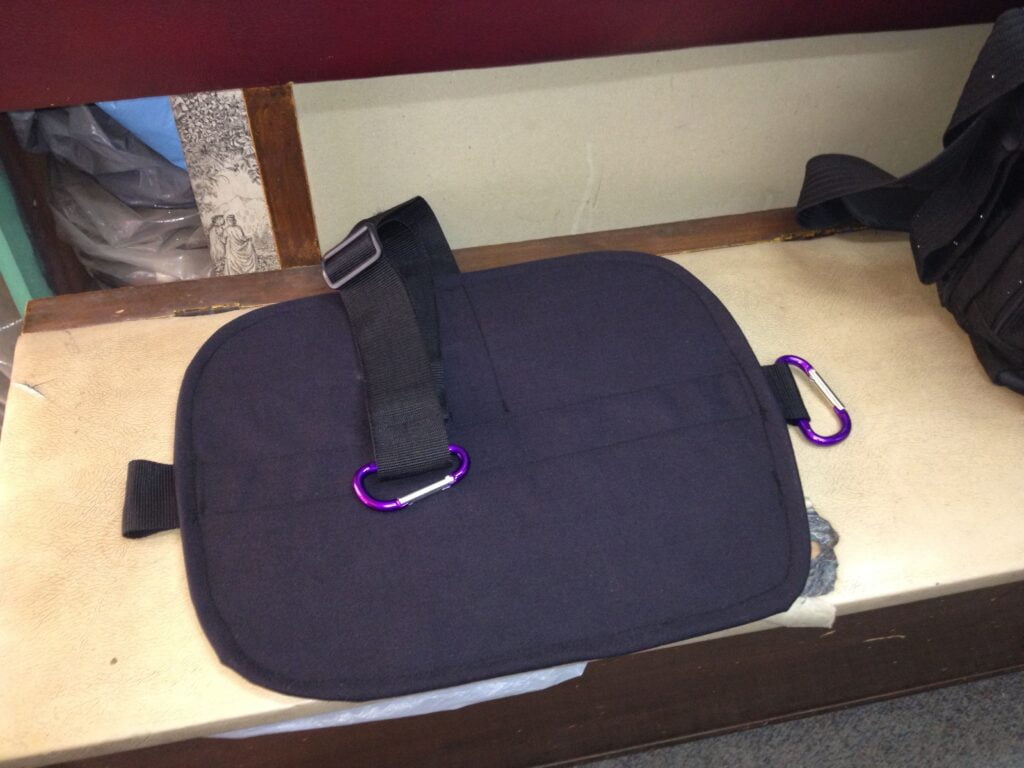
“I showed up and everyone there thought I had gone mad,” Sumroy says of the reactions the fold-up mat received. By the end of the test, his mat had met the required marks in all categories and the lab employees were gathering in the film room to watch the test run on repeat.
Sumroy, then a marketing professional, took his product to a design studio in Tel Aviv to get a price quote and quickly realized that his new hobby was becoming quite costly. He reached a decision to begin raising capital to start his business with a head full of will-power, determination, and a small success under his belt.
“Anybody I ever met, I told them what I was doing and asked them if they knew anybody who would be interested in investing,” tells Sumroy of his networking adventures during a six-month effort to raise seed money. After over 130 meetings, he raised $600,000 mainly from investors who had kids and could relate to the troubles Sumroy described.
Sumroy’s plans to develop the company on his own took a turn for the worse after he was badly injured in a traffic accident within a year of launching. To keep the operation functioning during his recovery period, he brought in additional employees sooner than he had planned.
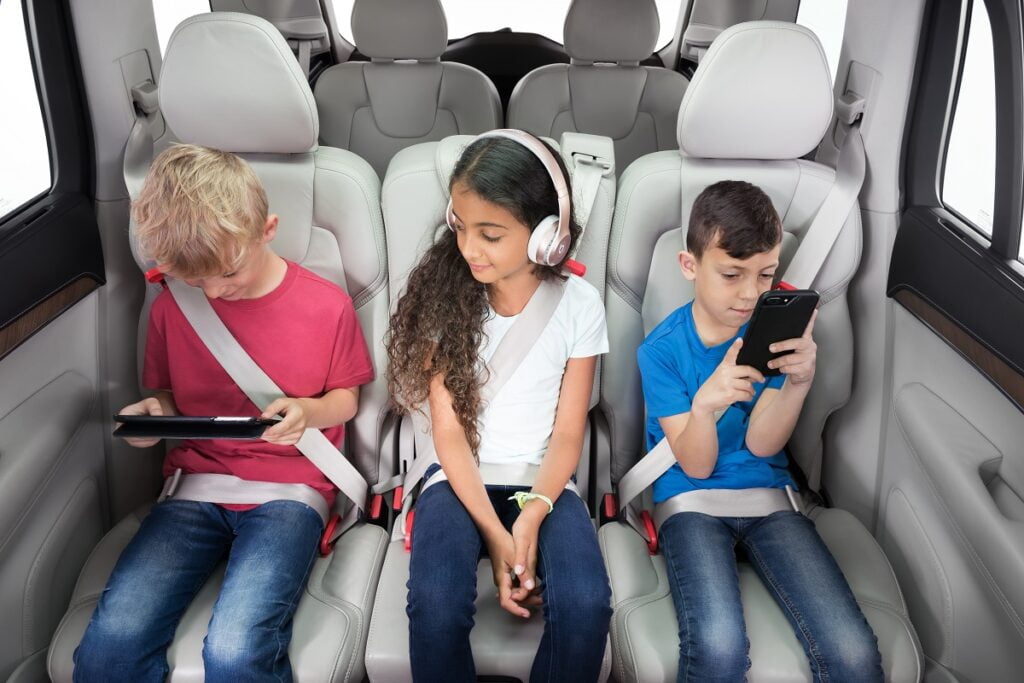
After a second round of investment, the team was eager to gain traction and committed a sizable portion to launch a meticulously-planned crowdfunding campaign. Much effort went into gauging consumer needs and generating publicity to easily reach the campaign’s goal.
Mifold reached its goal within two hours in what would go on to become the most successful crowdfunding campaign for a juvenile product at the time. They raised close to $3 million by the time the campaign ended, pre-selling over 50,000 products in total.
The success was remarkable, but another obstacle was in the offing. “We hadn’t finished developing it, we hadn’t got any regulatory approval, we didn’t have a manufacturer in place and we were supposed to deliver them six months later,” Sumroy recalls.
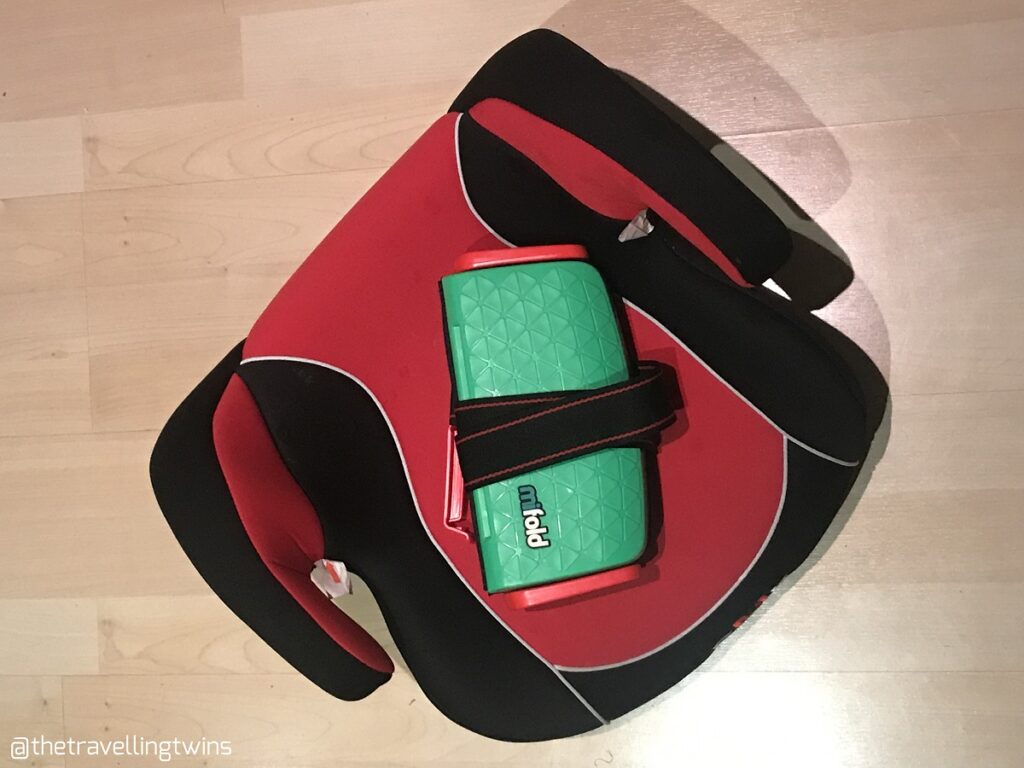
The publicity went a long way in generating buzz and additional capital to grow the firm, and Carfoldio would go on to expand impressively.
Over the next few years, the company sold over $40 million worth of products, carving out its place in the car-safety industry, where it has big plans for more growth.
Throughout, one thing Sumroy has been encouraged by is the plethora of positivity and testimonials coming in from consumers.
“When you start designing a product, you get to test it in a lab, but to have parents explain how their children were safely secured during an accident is incredibly fulfilling,” he tells NoCamels.
Related posts

Rehabilitation Nation: Israeli Innovation On Road To Healing

Israeli High-Tech Sector 'Still Good' Despite Year Of War


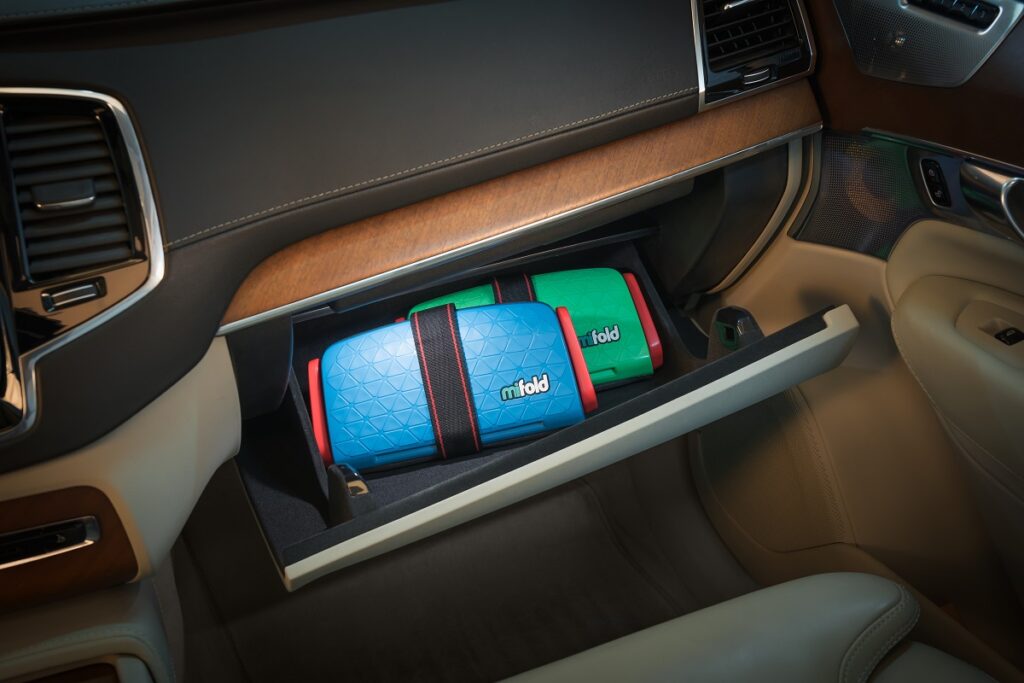


Facebook comments